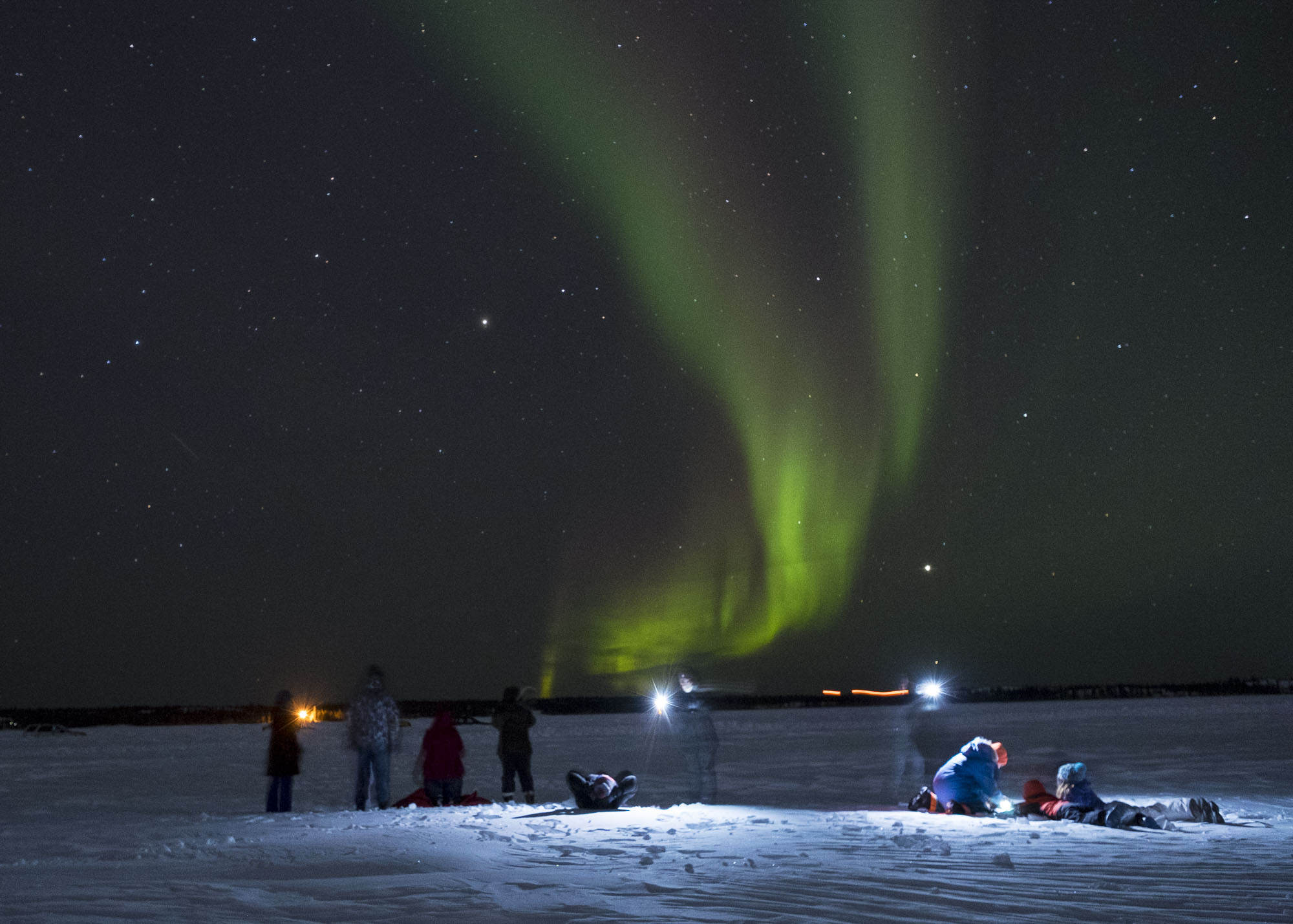World premiere time! I'm extremely excited to have the Spiritus Chamber Choir perform the first performance of my major work The Ice Seasons. March 12, Calgary!! A repeat performance is happening in Yellowknife (the NWT / Yellowknife premiere on March 26th. See you in YK, Spiritus! This piece was completed as my Masters' thesis composition at the University of Calgary (thank you supervisor Allan Bell!). It is a 25-minute, 6-movement piece for string sextet, SSAATB choir and soundfiles of ice recordings (cryophonics!!!!). The ensemble will be conducted by Tim Shantz. See you all in Calgary! Can you tell I'm excited?!!!!
Read an interview with U of C's The Gauntlet student magazine on the piece+premiere.
















Other great pieces on the concert: Raminsch's Ice & Fire, Ryans Valediction, Tavener's The Tyger, Esenvalds' Rivers of Light.
Date: Sunday March 12
Time: 3pm
Location: Bella Concert Hall, Mount Royal University, Calgary
Info on CONCERT: http://www.spirituschamberchoir.ca/tickets/
Buy TICKETS: https://tickets.mru.ca/eventperformances.asp?evt=144
The Ice Seasons is a 25-minute composition that evokes the beauty and behaviour of sub-Arctic ice found on lakes around Yellowknife, Northwest Territories. The composition contains material drawn from read- ing scientific literature, analyzing field recordings, and thinking deeply about personal experiences of lake ice. The instrumentation is SSAATB choir with a soprano soloist, string sextet (2 violins, 2 violas, 2 cel- los), and recorded sound files. The order of the movements is determined by the date of each individual performance - this connects the live experience of the music with the actual ice season as it exists in the sub-Arctic.
I derive pitch material from analyzing field recordings of ice sounds using spectral analysis, and building the results into six-note symmetrical harmonies; I connect rhythmic activity to elemental rhythms in the ice by using controlled-aleatory and sound-mass textures; and, I set poems and texts that describe differ- ent states of the ice. The soundfiles included in several movements include field recordings of ice from different times of year.
During my encounters on, around, and under the ice covering lakes around my hometown of Yellowknife NWT, I came to realize that lake ice actively participates in the sub-Arctic environment. It has a cycle of growth and decay, reacts audibly and physically to external influences, and transforms a tremendous amount of energy as it changes state. After years of careful observation, I now view lake ice to be a quasi- biotic phenomenon that embodies a spiritual bridge between living and elemental forces.
Movement 1, Emergence,evokes a sense of fragile materialization through transformations of textural and rhythmic activity. The text describes the first phase of freeze-up in October when the water crystal- lizes into ice along the lake shore. During calm periods, ice grows smoothly over the water surface like thin glass. Delicate and intricate frost crystals form on the narrow band of now-solid lake surface that borders the shoreline. When wind rises, it causes waves to break the thin edges of landfast ice, and sweep the broken pieces back towards the rocks with a mass of clinks and clatters. The ensemble imitates the activity of the ice itself during the tumultuous freeze-up period.
Movement 2, The Borderis a reference to the fascinating place where the ice and water meet, where the metamorphosis of matter takes place. The music has a sense of growth and symmetry, and uses short, dry, pointed textures that evoke activity at the molecular level. This movement evokes the time in November when the young ice grows away from the lake edge towards the ice forming on the opposite shore. Sound- files of the first major cryophonics, or ice sounds, of the season are played through speakers behind the singers
Movement 3, Blades,sets the scene of the time in late November and early December, the ice is thick enough to support the weight of a person. While skating can be a very repetitive motion, an uneven lake surface requires a constantly shifting of stride as bumps and cracks on the ice surface catch the blades of ice skates. The dance-like quality of this movement evokes the joy of the first skate of the winter, with its constant motion, speed, unpredictability, and undercurrent of danger.
Movement 4, Lacustrine Cryophony,delves into the science of ice and frames it in the coldest, darkest ice season: the mid-winter depths of January and February when the air temperature sinks -40°C and the ice continues growing. The choir sings and speaks words and phrases connected to scientific research about how ice forms and behaves, and the music aims to achieve a complex, technical sound through simple layering techniques. The sonic behaviour of this snow-covered ice produces loud, violent-sounding cracks and booms that are heard in the soundfiles that play with the choir.
Movement 5, Grandmother Ice,personifies the beginnings of the melting phase as an Elder, a wise and mischievous character. This time of year in March and April is both joyous in anticipation of the coming summer and sad because the ice will soon be gone. This melodic, melancholy movement creates a dia- logue between the string sextet and the choir, echoing the composer’s creative dialogue with the ice
Movement 6, The Myth of Water,describes the final melting phase of the ice. In May and June, the ice on the lakes grows thinner and melts away from the shoreline, finally breaking into free floating pans. The ice becomes candled and jostles against itself or the shoreline. The open water reappears almost as if by magic. This movement evokes a re-emergence of the liquid season of the lake ice cycle through series of contrasting textures including a solo soprano, soundfile recordings of candle ice.